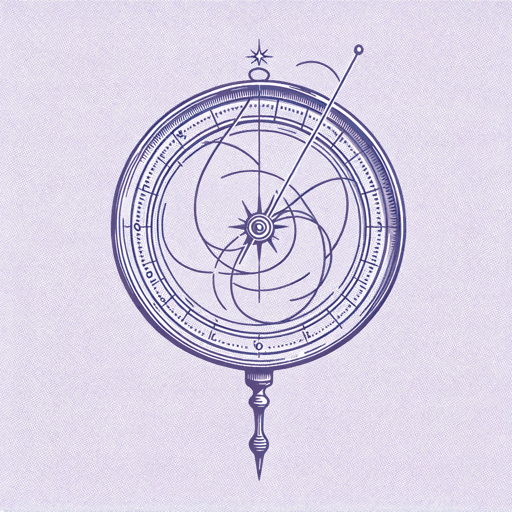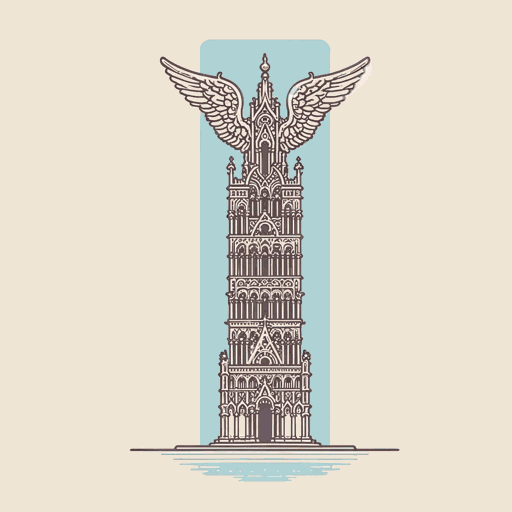64 pages • 2 hours read
Philip PullmanThe Book of Dust: La Belle Sauvage
Fiction | Novel | YA | Published in 2017A modern alternative to SparkNotes and CliffsNotes, SuperSummary offers high-quality Study Guides with detailed chapter summaries and analysis of major themes, characters, and more.
Symbols & Motifs
Dæmons
In the world of La Belle Sauvage, every person has a dæmon, an animal-shaped external representation of the soul that usually takes the opposite gender of its person. In childhood, dæmons can change shape at will, but as a person matures and passes through puberty, the dæmon “settles” on one shape that generally reflects the personality of their person. In childhood, children are usually best friends with their dæmon; however, as they grow up, dæmons often become quieter and more subdued, representing the self-doubt and insecurity that often develops with age. Some, like Bonneville, even develop antagonistic relationships with their dæmons. A person cannot stray far from their dæmon without experiencing intense pain, and a deep taboo prevents anyone from touching another’s dæmon.
As the dæmon represents an individual’s soul, the relationship someone has with their dæmon is symbolic of the relationship they have with themselves. In their innocence, children like Malcolm are completely at peace with themselves. However, as individuals age, they become more disconnected from their true selves. Dæmons also represents the human connection to nature and the larger universe. Baby dæmons like Lyra’s Pantalaimon instinctively know how to become animals they have never seen before. Malcolm’s dæmon Asta tells him, “You just feel mole-ish” (214) when he wonders at this phenomenon.
Related Titles
By Philip Pullman




